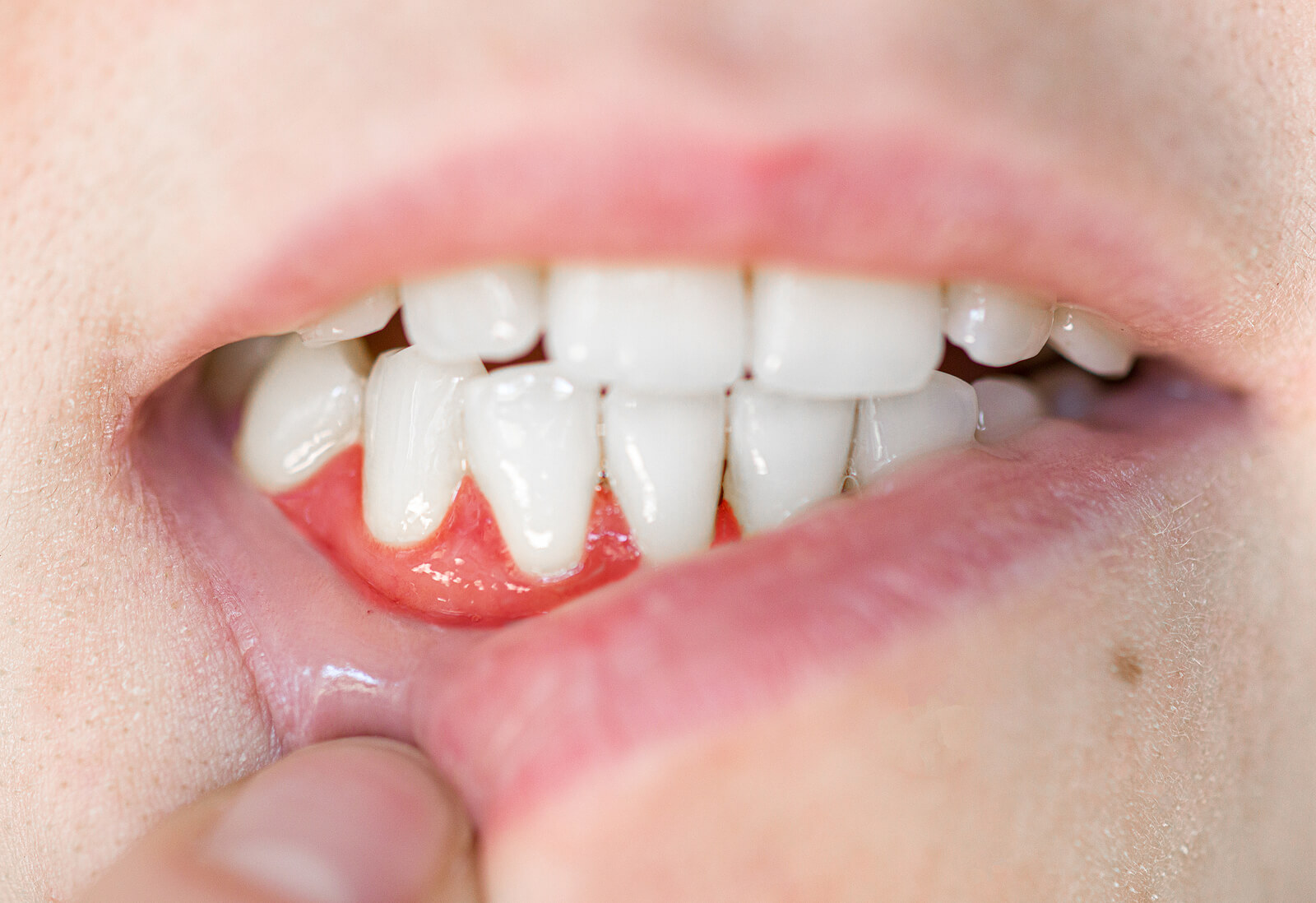An advanced gum abscess stages is a serious dental condition that requires prompt attention and treatment. If left untreated, it can lead to severe pain, infection, and potential complications. In this article, we will explore the common symptoms of an advanced gum abscess, discuss the stages of its development, and highlight the role of a walk-in dentist in providing timely treatment. Additionally, we will provide insights into prevention techniques to maintain good oral health and prevent gum abscesses.
Understanding the Stages of Gum Abscess Development:
Early Stage:
In the early stage, a gum abscess may not present noticeable symptoms. However, underlying factors such as dental decay, gum disease, or trauma can contribute to the formation of an abscess. It is essential to address these issues promptly to prevent the condition from progressing.

Localized Infection:
As the gum abscess advances, localized infection becomes apparent. Common symptoms include redness, swelling, tenderness, and a visible or palpable lump near the affected area. The area may be sensitive to touch or pressure.
Abscess Formation:
At this stage, the abscess becomes more pronounced. It typically appears as a pus-filled pocket or blister on the gum, surrounded by inflamed tissue. The area may be painful and tender, and there may be a foul taste or odor in the mouth. Chewing and speaking can become challenging due to discomfort.
Spreading Infection:
If left untreated, the infection can spread further, affecting neighboring teeth, gums, and even the jawbone. Symptoms may worsen, and the patient may experience severe pain, fever, difficulty opening the mouth, swollen lymph nodes, and overall malaise.
Common Symptoms of an Advanced Gum Abscess:
Severe Pain:
Advanced gum abscesses are often accompanied by intense and persistent pain in the affected area. The pain may radiate to the jaw, ear, or neck.
Swelling and Inflammation:
The gum tissue around the abscessed area becomes swollen, inflamed, and tender. The swelling may cause discomfort, difficulty in eating, and changes in the bite.

Pus Drainage:
Pus, a thick, yellowish fluid, may be visible around the abscess. It may have a foul taste and odor.
Tooth Sensitivity:
The affected tooth may become extremely sensitive to temperature changes, especially to hot or cold substances. The sensitivity may persist even after the stimulus is removed.
Bad Breath:
The presence of an abscess can cause persistent bad breath, often due to the release of bacteria and pus.
Gum Discoloration:
The gum tissue near the abscess may appear red, inflamed, and discolored compared to the surrounding healthy gums.
Loose Teeth:
As the infection progresses, the supporting structures of the affected tooth can become compromised, leading to tooth mobility or loosening.
Systemic Symptoms:
In advanced cases, systemic symptoms such as fever, swollen lymph nodes, fatigue, and overall malaise may occur.
Role of a Walk-In Dentist in Providing Timely Treatment:
A walk in dentist plays a crucial role in the timely treatment of an advanced gum abscess. Walk-in dental clinics offer flexible hours and immediate appointments, allowing patients to receive prompt care without the need for a scheduled visit. Dentists in walk-in clinics have experience in diagnosing and managing dental emergencies, including advanced gum abscesses. They can perform a thorough examination, provide an accurate diagnosis, and determine the appropriate treatment plan for the advanced gum abscess. Depending on the severity of the abscess, treatment options may include drainage of the abscess, root canal therapy, periodontal procedures, or extraction of the affected tooth.
Prevention Techniques for Gum Abscesses:
Maintaining good oral hygiene is crucial in preventing gum abscesses. Here are some preventive measures you can take:
- Brush your teeth twice a day with a fluoride toothpaste and use dental floss or interdental brushes to clean between the teeth.
- Visit your dentist regularly for professional cleanings and check-ups. This allows for early detection and treatment of any dental issues before they escalate.
- Avoid tobacco use, as it increases the risk of gum disease and abscess formation.
- Follow a balanced diet that is low in sugary and acidic foods, as these can contribute to dental decay and gum disease.
- Wear a mouthguard if you participate in activities that pose a risk of dental trauma, such as contact sports.
- Address dental issues promptly, such as cavities or gum disease, to prevent them from progressing into abscesses.
Conclusion:
Recognizing the common symptoms of an advanced gum abscess is essential for early detection and timely treatment. If you experience severe pain, swelling, pus drainage, or other symptoms mentioned, it is important to seek immediate dental care, such as visiting a walk-in dentist. By practicing good oral hygiene and adopting preventive measures, you can reduce the risk of developing gum abscesses and maintain optimal oral health. Remember, early intervention is key to preventing complications and preserving your smile.
Leave a comment